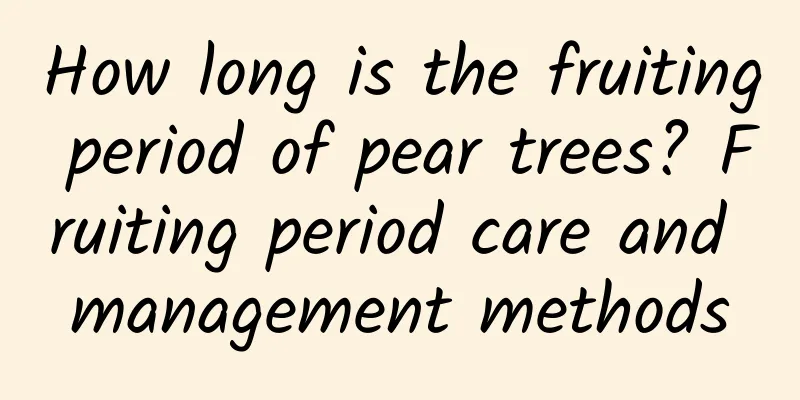Ji Yulu cultivation methods and precautions

Farming methodsPot soilJi Yulu likes loose, fertile and well-breathing soil, and is suitable for growing in sandy soil containing lime. First, place larger particles of orchid stone at the bottom of the pot, put in the Jade Plant, stretch the roots, hold the Jade Plant with one hand, and pour granular soil (mixed with a small amount of peat) along the wall of the pot with the other hand, and fill it to 0.5 cm from the edge of the pot. WateringDuring the growing period of Ji Yu Lu, the principle of "don't water unless the soil is dry, and water thoroughly when you do" should be followed. Avoid waterlogging in the soil and avoid rain, otherwise the roots will rot. The plant is also not suitable for long-term drought. In a drought environment, the leaves of the plant will become shriveled and the color will become dull. When the air is dry, you can spray water into the surrounding environment to keep the air humidity between 70-90%. temperatureThe suitable growth temperature of Ji Yulu is 15℃-25℃. The temperature is suitable in spring and autumn, and it is in the growth period. It enters dormancy in summer, and the room temperature should be kept above 5℃ in winter. illuminationThe plant is sensitive to light. Too strong light can cause the leaves to grow poorly and turn into light reddish brown. Strong direct sunlight can also burn the leaves. If there is insufficient light, or the breeding place is too shaded, the shape of the Jade Plant will become loose, and the leaves will change from thick to long and thin. PrecautionsRepottingThe roots of the Jade Plant will secrete acidic substances that acidify the soil, so the pot should be changed in spring or autumn. If you find that the leaves are shriveled and thin during the growing period and the plant is no longer growing, you should repot and tidy up in time. pruneWhen repotting, cut off excess roots and branches, shorten those that are too long, and try to retain new roots. When handling the flower stalks of the Herba Lycoris Radiatae, do not cut them with scissors. Instead, pull them out by shaking them left and right with your hands to avoid the remaining flower stalks remaining in the leaves, which will be detrimental to the growth of new leaves. Soil replacementThe soil of the plant should be replaced in time. Failure to do so for a long time will lead to root aging and cause diseases to the plant. When changing the soil, the soil can be treated with high temperature to prevent the threat of diseases and pests. |
<<: What are the symptoms of orchid lack of fertilizer?
Recommend
How to grow roots for orchids without roots? Can I use sofa roots?
1. Steps Take out the plant and place it in a pla...
When is the best time to sow Hami melon?
Hami melon planting time Hami melon, also known a...
Three major propagation methods of purple-leaf dwarf cherry
Cutting propagation Cutting medium The cutting me...
What are the characteristics of Red Fuji
1.Tree trunk The trunk of the Red Fuji tree is gr...
Can cherries be grown in the north?
Can cherries be grown in the north? Cherries can ...
How to grow Osmanthus fragrans at home
Murraya Osmanthus Growth Conditions Osmanthus fra...
How to care for potted jade plants
1. Choice of flower pots 1. Material requirements...
How to grow purple magnolia
How to grow purple magnolia Pot soil Purple magno...
Autumn corn planting time and method planting technology and management
Autumn corn planting time Autumn corn is planted ...
Diseases and Pests of Songmei and Their Control
Diseases and their control of Songmei Fungal dise...
How to drink honeysuckle water? Can babies drink honeysuckle water?
1. How to drink honeysuckle in water Honeysuckle,...
Risking my life to reveal the secrets of the flower market, if you buy these 5 kinds of flowers, one pot will die, so be careful when buying flowers during the Chinese New Year!
The first type: poor soil quality After you buy s...
Cultivation methods and precautions of Jihonghuayue (How to care for Jihonghuayue succulents)
Jihonghuayue, also known as Jihuayue, is a succul...
How to take cuttings of Christmas cactus
The flowers of Christmas cactus are very beautifu...
How to identify red iron tree
1. Blades The leaves of the red iron tree are clu...









